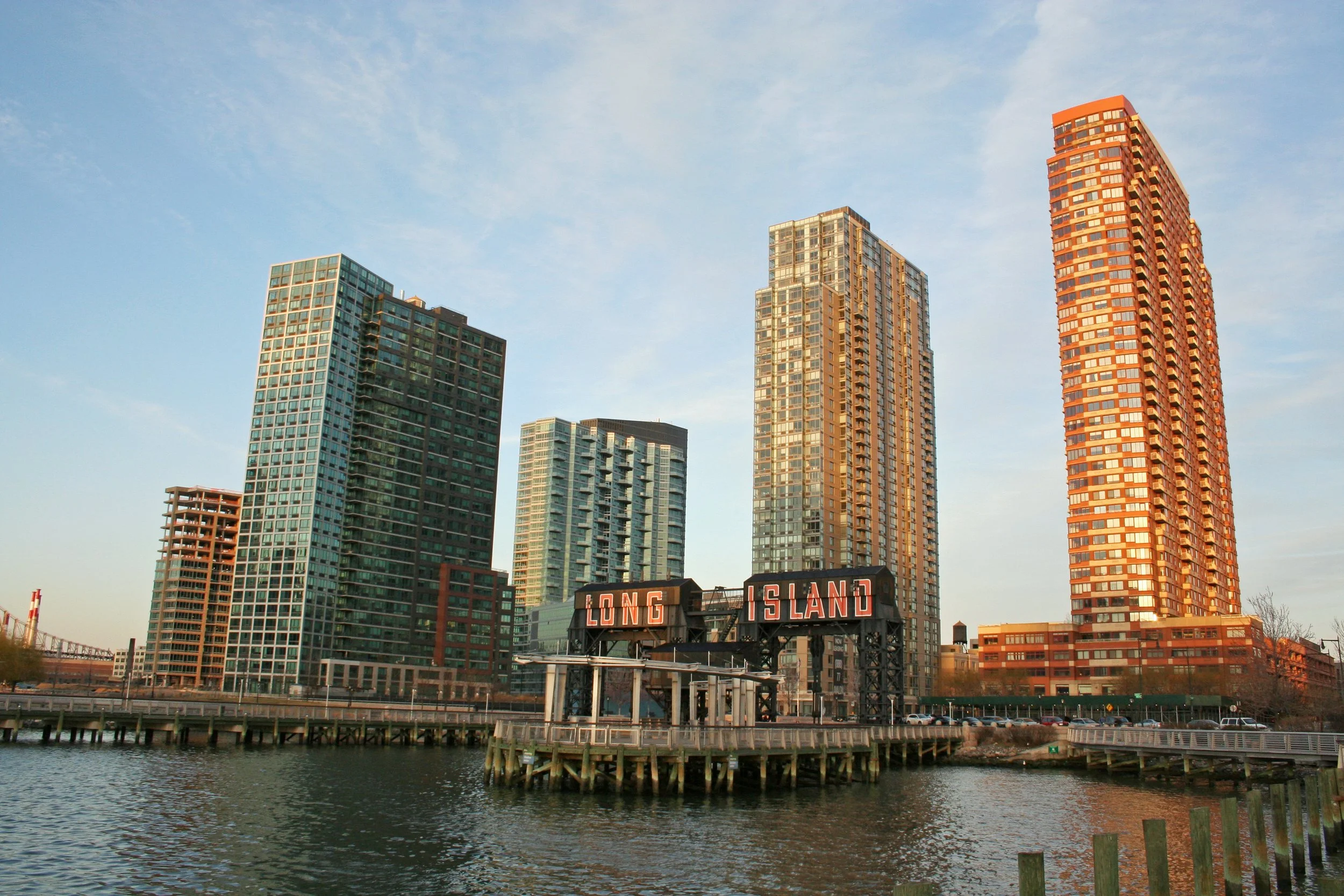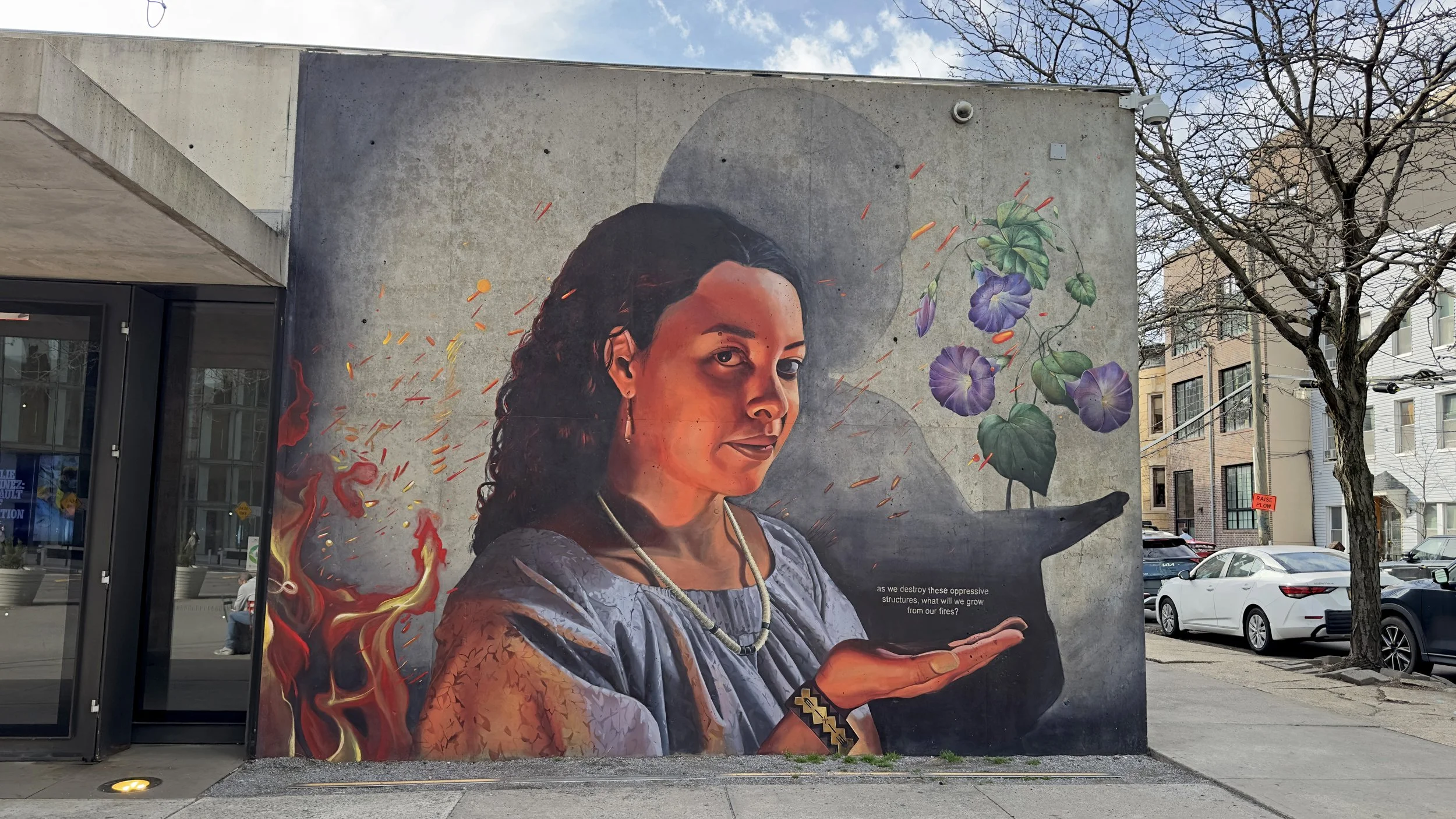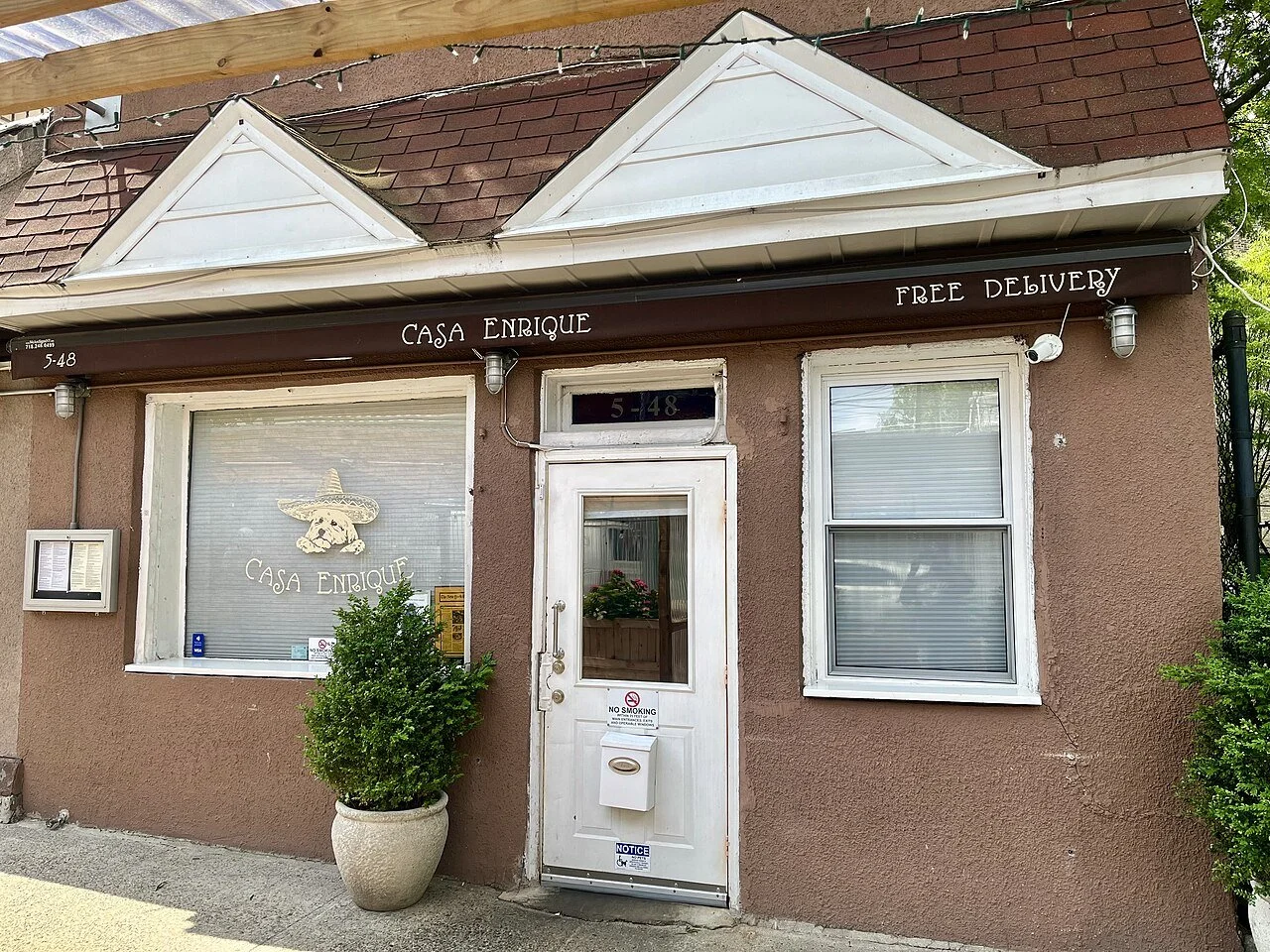Exploring long island city, queens
View of Long Island City Skyline. 2008.
New York’s Industrial Past and Artistic Future
In the westernmost corner of Queens lies a neighborhood that perfectly blends New York’s industrial past with its artistic, modern skyline — Long Island City. Once an independent town overlooking the East River, LIC has transformed from a 19th-century manufacturing hub into one of America’s fastest-growing urban neighborhoods. Facing the Manhattan skyline, it’s a story of rebirth and design that bridges old and new New York.
Bain News Service, P. Queensborro i.e. Queensboro Bridge.1900. Retrieved from the Library of Congress.
A Brief History of Long Island City
Long Island City was officially formed in 1870 after merging several surrounding neighborhoods, including Astoria, Sunnyside, and Hunters Point. It became the seat of Queens County and a symbol of growth during New York’s industrial boom. The arrival of the Long Island Railroad and East River ferries fueled the city’s development, turning farmland into a thriving manufacturing hub.
In the late 19th century, industrial titans like Andrew Carnegie and Frederick Steinway brought their businesses to the neighborhood, helping establish Queens as a cornerstone of American industry. However, corruption and bankruptcy led LIC to join Greater New York in 1898, a move that ultimately secured its economic future.
The construction of the Queensboro Bridge in 1909 transformed the area again, connecting Queens directly to Manhattan and accelerating population growth. Factories, warehouses, and rail yards dominated the waterfront for much of the 20th century — but what was once industrial grit has now given way to a gleaming residential and creative landscape.
planning your visit
Long Island City offers some of the most breathtaking views of Manhattan and a distinct mix of old New York charm and modern sophistication. It’s ideal for travelers seeking a quieter urban experience with access to world-class art, architecture, and food — all just minutes from Midtown Manhattan. Whether you’re a photographer chasing the perfect skyline shot, a history lover exploring forgotten industries, or simply a New Yorker looking for a fresh perspective, LIC has something for you.
Watch the full tour of Long Island City, Queens, and join me as we explore its history, culture, and waterfront!
travel guide
How to get to Long Island City
Getting to Long Island City couldn’t be easier.
By Subway: Take the 7, E, M, G, N, or W trains to Queensboro Plaza, Court Square, or Vernon Blvd–Jackson Ave — all within walking distance of the waterfront.
By Ferry: The NYC Ferry’s East River route offers stunning skyline views on your way to Hunters Point South or Gantry Plaza State Park.
By Car: Cross the Queensboro Bridge or drive through the Midtown Tunnel. Limited parking is available, so public transit is usually best.
Art Mural on Display at MoMA PS1
Top 10 Places to Visit or Things to Do in Long Island City
Gantry Plaza State Park – The centerpiece of LIC’s waterfront, featuring restored gantries from the area’s shipping past and postcard-perfect views of Manhattan.
Pepsi-Cola Sign – A 1940s landmark and symbol of the neighborhood’s industrial heritage.
MoMA PS1 – One of the largest nonprofit art institutions in the U.S., housed in a former public school.
Hunters Point Library – A $40 million architectural marvel and community hub overlooking the East River.
Queensboro Bridge – Walk beneath its steel spans or photograph it from Gantry Plaza for a classic NYC shot.
Silvercup Studios – The largest film studio in New York, home to iconic shows like Mad Men and Succession.
Hunters Point Historic District – Rows of preserved 19th-century townhouses offering a glimpse into LIC’s origins.
Socrates Sculpture Park – An outdoor art space along the East River with rotating installations and skyline views.
Noguchi Museum – Dedicated to the works of sculptor Isamu Noguchi, this museum brings serenity and creativity together.
Queensboro Plaza – A transit hub alive with the rhythm of the 7 train, symbolizing the connection between boroughs.
Michelin Star Winner Casa Enrique Restaurant in L.I.C. Transpoman/Wikicommons
Foods and Restaurants to Try
Long Island City’s dining scene reflects its diversity and creative spirit. Here are some local favorites:
Casa Enrique – The first Mexican restaurant in Queens to earn a Michelin star.
Blend on the Water – Latin fusion cuisine paired with stunning skyline views.
John Brown Smokehouse – Kansas City-style barbecue in the heart of Queens.
LIC Market – A cozy neighborhood spot known for farm-to-table brunch.
Levante – A stylish Italian eatery and pizzeria steps from MoMA PS1.
Grab a coffee from Sweetleaf or Partners Coffee, then enjoy a riverside picnic as the sun sets behind Manhattan
the modern neighborhood
The 7-Train Passing the Long Island City Skyline during Sunset. Harry Guillen/Unsplash
A Neighborhood Reimagined
Today, Long Island City is one of the most rapidly developing areas in New York, with sleek high-rises replacing old warehouses and attracting a younger, creative population. The neighborhood’s population has tripled since 2010, with tech companies and artists flocking to its urban energy. Yet, amid the change, traces of the past remain — from the Queens Courthouse (built in 1876) to the preserved industrial gantries that now serve as monuments to the neighborhood’s working-class roots.
5 Forgotten Facts About Long Island City
It was once its own city. From 1870 to 1898, LIC operated independently before joining Greater New York.
The Gantries once lifted train cars. The waterfront structures were used to load and unload railcars onto barges traveling the East River.
Frederick Steinway built his piano factory here. The family later developed much of modern Astoria.
Queens was mostly farmland. Before industrialization, much of the area produced crops thanks to fertile glacial soil.
Silvercup wasn’t always a film studio. It began as a bread factory in the 1920s before being converted for television production.
Final Thoughts
Long Island City captures the spirit of transformation that defines New York. It’s a neighborhood that respects its past while embracing the future — where railroads gave way to art galleries, and factories to waterfront parks. For travelers seeking to understand New York’s evolution, LIC is a living museum of urban reinvention.
As the sun dips behind the Empire State Building and the skyline glows across the East River, Long Island City stands as both a reflection of America’s industrial history and a vision of its creative future.
Viewing the Manhattan Skyline from Gantry Plaza in Long Island City







